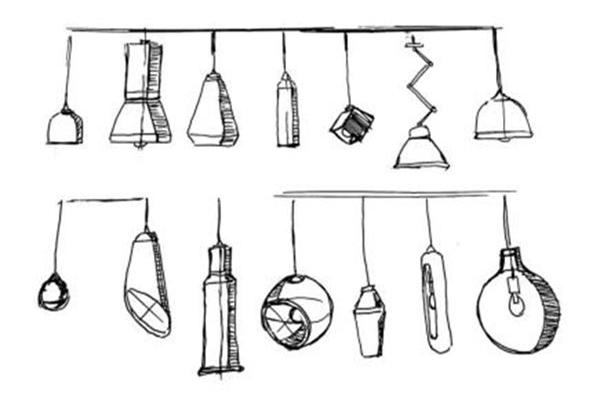1. Heat dissipation
It is well known that LEDs have poor heat resistance, which will inevitably bring about the problem of wick life. The design of the existing LED lamps is often difficult to meet the requirements of heat dissipation. In a field with very strict heat dissipation requirements, a very poor passive heat dissipation method is used, and most of them are air-cooled or even closed air-cooled. For some lamps, a plastic sleeve should be added between the driver board and the aluminum heat sink to increase the reliability of the insulation, and it is also necessary to pour heat-dissipating silica gel to improve the heat-dissipation capacity. The T8 lamp tube is still closed, and the wick can only rely on air convection to transfer heat to the aluminum tube on the back of the lamp tube for heat dissipation. Generally, the internal temperature of such lamps will be seventy or eighty degrees. And if the heat dissipation is taken into account, the weight is a problem; taking into account the weight, the heat dissipation is difficult to guarantee, which is a dilemma in the existing design, and there is no feasible standard.
2. Life
The life of the LED wick decreases exponentially with the increase of temperature; the life of the electrolytic capacitor decreases by half for every ten degrees increase in the temperature of the electrolytic capacitor; the temperature of the MOS increases, the internal resistance increases, the loss increases, the temperature increases again (constant current mode), and eventually burns out . Of course, domestic manufacturers do not give a specific lifespan of LED lamps. They only mention that the lifespan of LED wicks is 100,000 hours. However, the bottleneck of LED lifespan is the system driver board. Often, the LED wicks are not damaged, and the system driver has been hung up.
3. Weight
Among the lamps with spiral interface, the weight of fluorescent lamps is only a fraction of that of LED lamps”>LED lamps. Due to the lack of heat sinks, the weight of fluorescent lamps is negligible for lamp sockets, but the weight of LEDs is very important for lamps. The seat is a very serious test, especially the 7.8W screw interface LED light, its weight is very dangerous, which business has considered this?
4. Price
The average LED driver board may have a lifespan of only 5 years (household) at a temperature of 70 degrees, which is far from the “concept” of 10 years for the LED wick. Therefore, compared to fluorescent lamps of the same brightness, even if the life of the fluorescent lamp is only 1 year, the fluorescent lamp of 1W 1 yuan is far more cost-effective than the LED of 1W 10 yuan. Especially when the LED lamps are damaged, the wick is not damaged, but the whole lamp needs to be replaced. Do the math because one-tenth of the driver board has to be discarded for the remaining nine-tenths of the lamp (the wick and heat sink account for most of the cost of the entire lamp), if every manufacturer has not done a good job of recycling , customers will not like such a product.


